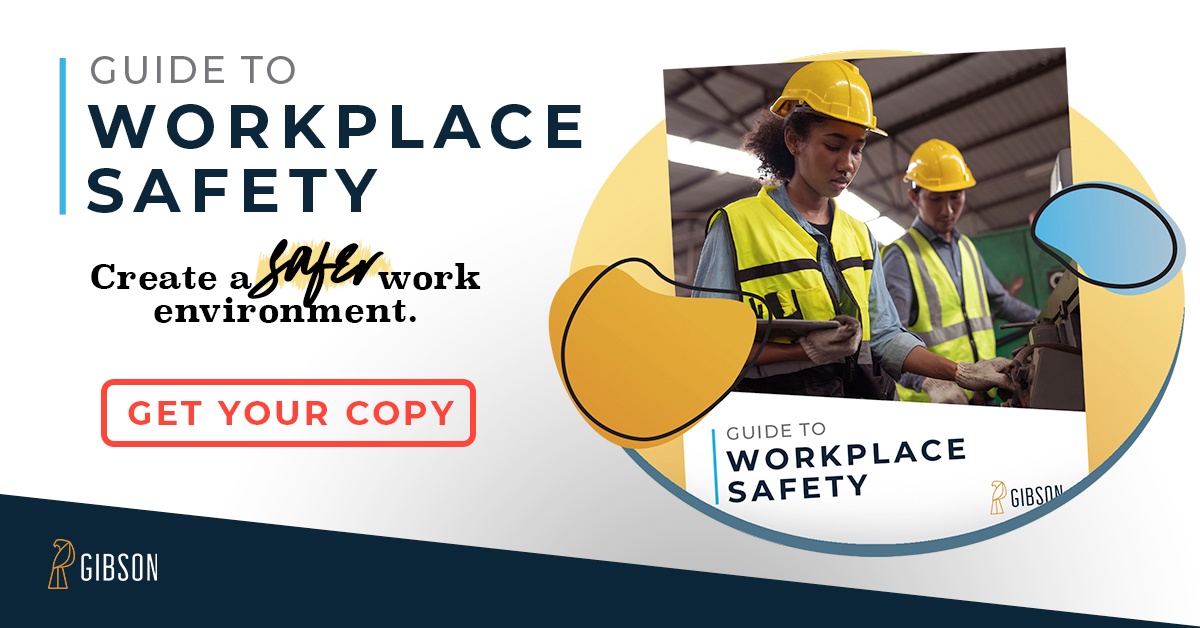Core Values
As part of my series on executive level topics, I’ll be interviewing business leaders from time-to-time and including their stories in my posts. Today, I’m covering the importance of having a hiring and development process to ensure you select and retain the best people. I’ve included insights from a conversation I had with Amish Shah, President/CEO of Kem Krest, a supply chain management company based in Elkhart, Indiana.
At Gibson, Talent Wins The Game is one of our Core Values. To us that means we want our clients, our fellow colleagues, and even our communities to know that we value our people. That belief is also an internal reminder to our management that while having a great coach is important, I’ve not seen too many win without great talent. And as Amish’s story reveals, it can make or break your business.
Adversity to Opportunity
Amish Shah and his partner David Weaver officially took ownership of Kem Krest in May 2008. They had multi-million dollar contracts with both GM and Ford. Well, you probably can imagine the rest. Later that year, the Great Recession struck. The big automotive companies were hit especially hard as Detroit ground to a halt. Amish notes that roughly 90% of their business was with GM: “It’s pretty scary when your largest customer is in bankruptcy”.
To add insult to injury, some key employees abruptly resigned. Said Amish, “We lost several of our most experienced people. They were the ones who really understood the technical side of the business.”
With his biggest customer in bankruptcy and fresh off losing some critical members of his team, Shah attended a neighborhood party at his in-laws. It was there he met someone that would help bring dramatic change to Kem Krest.
One of the attendees of the party had just retired after a 30 year career in supply chain management at a large global company. Amish struck up a conversation with him and once he realized this gentleman’s background, he vigorously began picking his brain. By the end of the night, Shah had offered him a job at Kem Krest. The impact was significant. Kem Krest implemented a number of new processes around hiring and developing its talent. The results have been impressive.
Since the downturn, Kem Krest has rebounded to do over $100 mm in sales. Quality measures are up. Kem Krest has been named an Indiana Company to Watch and also to the Inc. 500/5000 Fastest Growing Companies list. Shah points to the implementation of people processes, coming out of that chance meeting at his in-laws, as a turning point for Kem Krest.
What's the Risk?
It would be easy to glorify the leader here as courageous for making a risky "gut call" at a critical juncture. To be sure, there is truth in that. But the real gem - and Amish will emphatically tell you this - is that this key new employee helped change their culture by implementing a standardized hiring process.
No longer was it left up to chance that Kem Krest will have a steady supply of talented people. Instead their hiring process has produced incredible and consistent results. While Amish admits there is a cost for the additional talent, "our EBITDA as a percentage of sales has actually gone up" since the process was implemented.
Yes, the coach is a key part of any organization, but Amish Shah knows talent wins the game. “We’ve hired a lot of really smart people. I can guarantee you that no matter what meeting we’re holding, I’m not the smartest guy in the room!”
So what if Amish had done nothing back in 2009 with the company on verge of imploding? "I hate to think about that, but I doubt our company would have survived."
I have to admit Amish’s enthusiasm - for the process Kem Krest has built and the results they have achieved - was contagious. It got me thinking. I was reminded that talent acquisition, development, and retention is just like anything else you want to be great. It requires a plan and disciplined execution.
So the question really is this: have you committed to making talent a top priority? That will get you into the game. To be the team of choice, you’ll need a well thought out and rigorously followed process.



